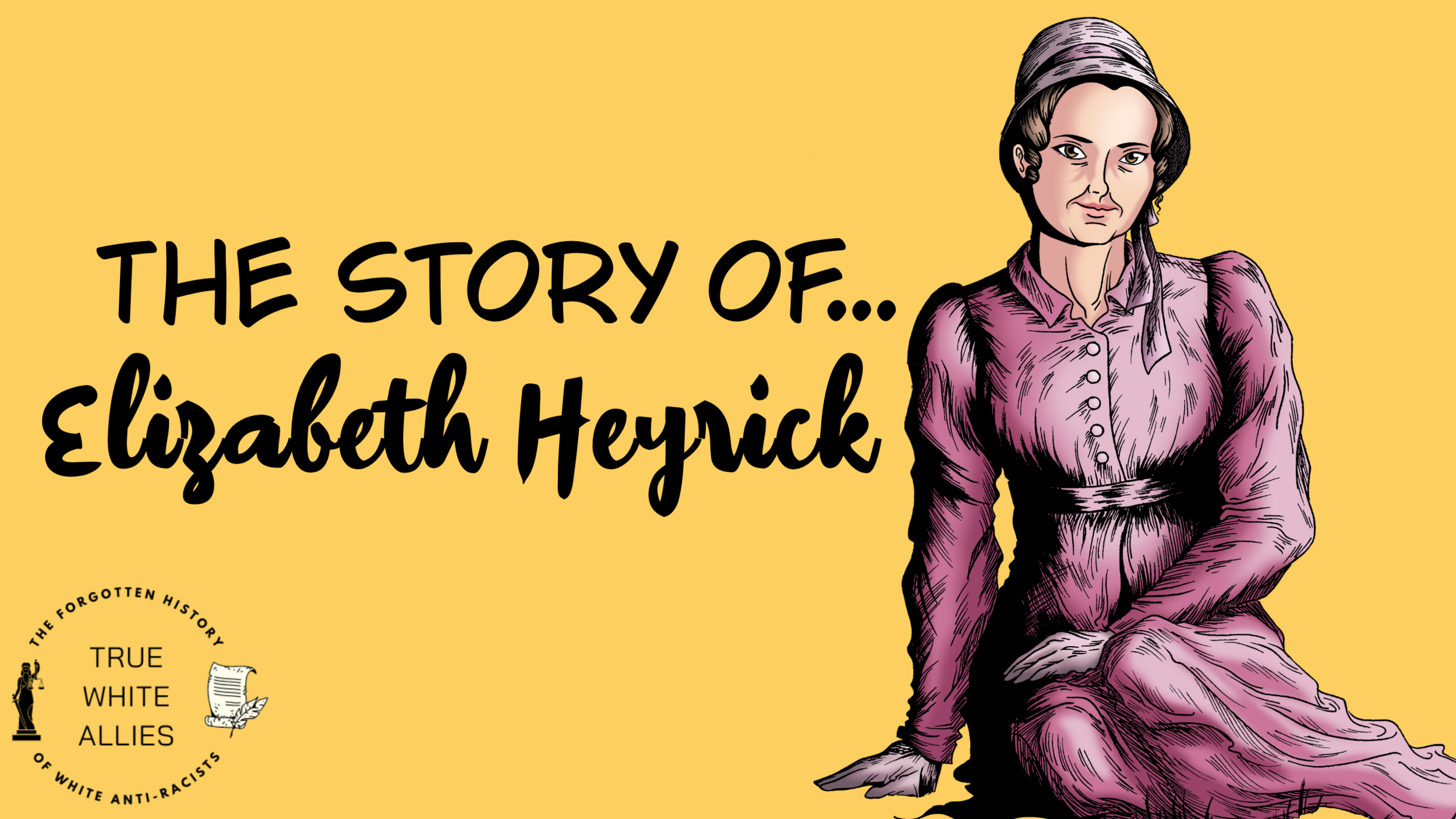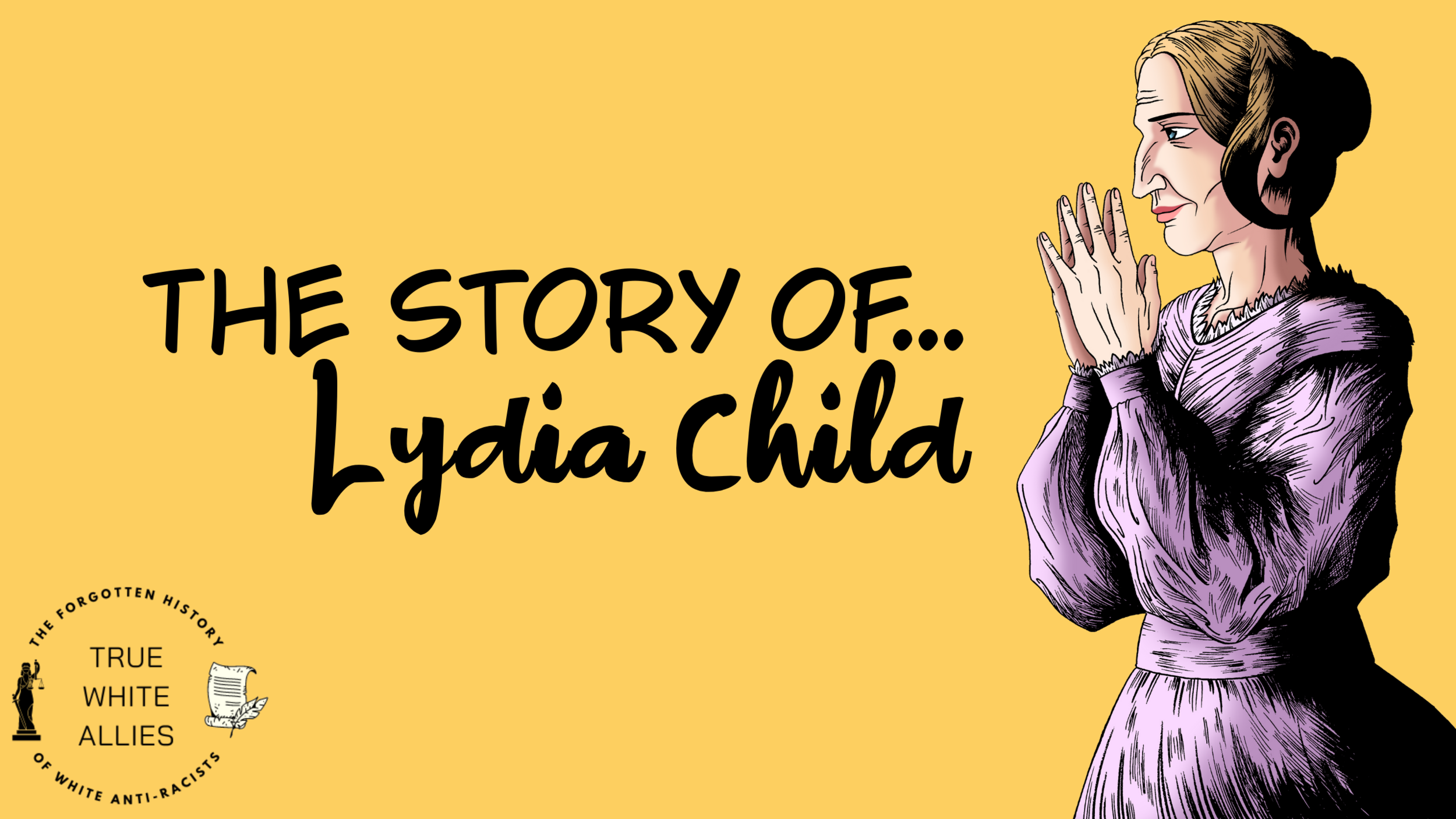The Story of Benjamin Lay
The 18th Century Quaker Who Can Teach Us How to Be a White Ally
It takes a bit of effort to find examples of allies at work throughout history, but once you start looking, you’ll find them. That’s the case with Benjamin Lay, who campaigned against slavery in the early 1700s. He used dramatic stunts that show us how to be a white ally even in the most challenging situations.
You’ve probably heard of Benjamin Franklin, but it’s his friend Benjamin Lay who was a true white ally. So, just who was Benjamin Lay?
Who was Benjamin Lay? Can he teach us how to be anti-racist in the workplace?
Benjamin Lay was born into a farming family in Copford, England, in 1682. Even though he was just 4 feet 7 inches tall, he became a sailor in London and soon married a Quaker woman called Sarah Smith. Quakers believed in non-violence, and Benjamin and Sarah were calm, conscientious people.
Together they moved to Bridgetown, Barbados, where they opened a shop. However, the violence they saw perpetrated against enslaved Black people sickened the couple. They were horrified at the torture and murder they witnessed in the name of commerce and trade.
Benjamin and Sarah began inviting enslaved people to their home on Sundays for hearty meals and conversations about abolishing slavery. This made them very unpopular with their white neighbours, who all benefitted from enslaving people. They put much pressure on the Lays, and the couple decided to leave Barbados for Philadelphia, which was still a British colony.
Benjamin Lay Used Drama and Religion to Campaign Against Slavery
Once Sarah and Benjamin Lay arrived in Philadelphia, they were dismayed that many Quakers in the city enslaved people. This went against their understanding of the religion, and he thought he could influence them to change their ways.
He and Sarah became some of the first Quakers in the area to fight against slavery, using dramatic stunts to illustrate their beliefs. For instance, he once went to a Quaker meeting dressed in a military costume. He pierced his bible with a sword, and blood seemingly gushed out and spattered all over the crowd.
He shouted, "Thus shall God shed the blood of those who have enslaved their fellow creatures!" Sure, he had put berry juice in a sack inside the bible, but it had an incredible impact!
On another occasion, he stood barefoot in the snow outside of a Quaker meeting. When his brethren walked past, they rushed to help him. He called them hypocrites and asked why they felt sorry for him when they willingly ignored the needs of the enslaved people in their fields, working all winter long without adequate warm clothing?
He tried to show his neighbours the agony of tearing enslaved children away from their parents by entertaining their small son in his home all day. When they began frantically searching for their child, he said, “Your child is safe in my house, and you may now conceive of the sorrow you inflict upon the parents of the girl you hold in slavery, for she was torn from them by avarice."
Influential people began listening to Benjamin Lay. In 1737, Benjamin Franklin published one of Lay’s books - All Slave-Keepers That Keep the Innocent in Bondage, Apostates. He called out enslavers for their role in the murder and torture of others, which upset some of his fellow Quakers.
However, it soon became clear that the Lays were ahead of their time. In 1758 the Quakers voted to rule enslaving people was immoral, and they expelled enslavers from their meetings. This was nearly 50 years before Britain would do the same. Benjamin Lay was pleased by the news, saying, “I can now die in peace” – and he died the following year.
He and his wife Sarah were true white allies, and the Quakers continue to learn much from his example. In 2017, the North London Quakers said, “at a time when racism seems as present and ugly as ever – both globally and nationally – and the structures of white supremacy are being defended and strengthened by powerful forces in our societies, this seems a timely moment for the North London Area Meeting to reflect on its involvement in the struggle for racial justice."
How was Benjamin Lay a True White Ally?
Benjamin Lay risked his livelihood and social standing to stand for what was right. He could have kept quiet, but he became one of the first people in America to publish a book against slavery. He also did it with flair and drama to capture people’s attention.
It’s not always easy to speak out, but Benjamin Lay is an excellent example of how to be an anti-racist in the workplace even when you have to risk your comfort. After all, he was born more than three centuries ago, and we’re still talking about him today!
Quick Takeaways – How to Follow Benjamin Lay’s Example
Don’t look the other way – It would have been easier for Benjamin Lay to live his life without speaking out against slavery. However, he was so distraught and disgusted by his fellow Quakers engaging in this immoral behaviour that he did everything in his power to stop it. To learn to be an ally in the workplace, you must speak up when you see any racism. Use your privilege by documenting the instances and taking your concerns to your management (or higher).
Use ‘outside the box’ tactics – Benjamin Lay knew that people don’t always respond well to ‘normal’ messaging. He infused his lessons with a sense of drama and excitement. We don’t recommend you hide your neighbour’s child (in fact, we forbid it!), but you could use a fun, multimedia approach when discussing racism. Share videos, articles (like this one) and memes to drive the point home.
Don’t make people who face racism do all the work – Benjamin Lay could have kept his mouth shut because he didn’t personally face discrimination. Instead, he used his privilege and risked his reputation and business to stand up for enslaved people. You must do the same to be a true white ally at work.
Do you want more ideas and support on how to be an ally for diversity and inclusion? Click here to learn how you can join us on our mission to be anti-racist in the workplace.



